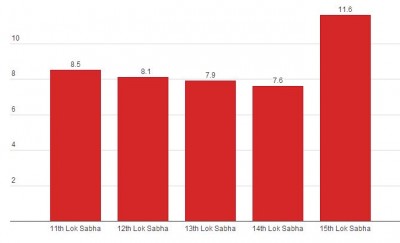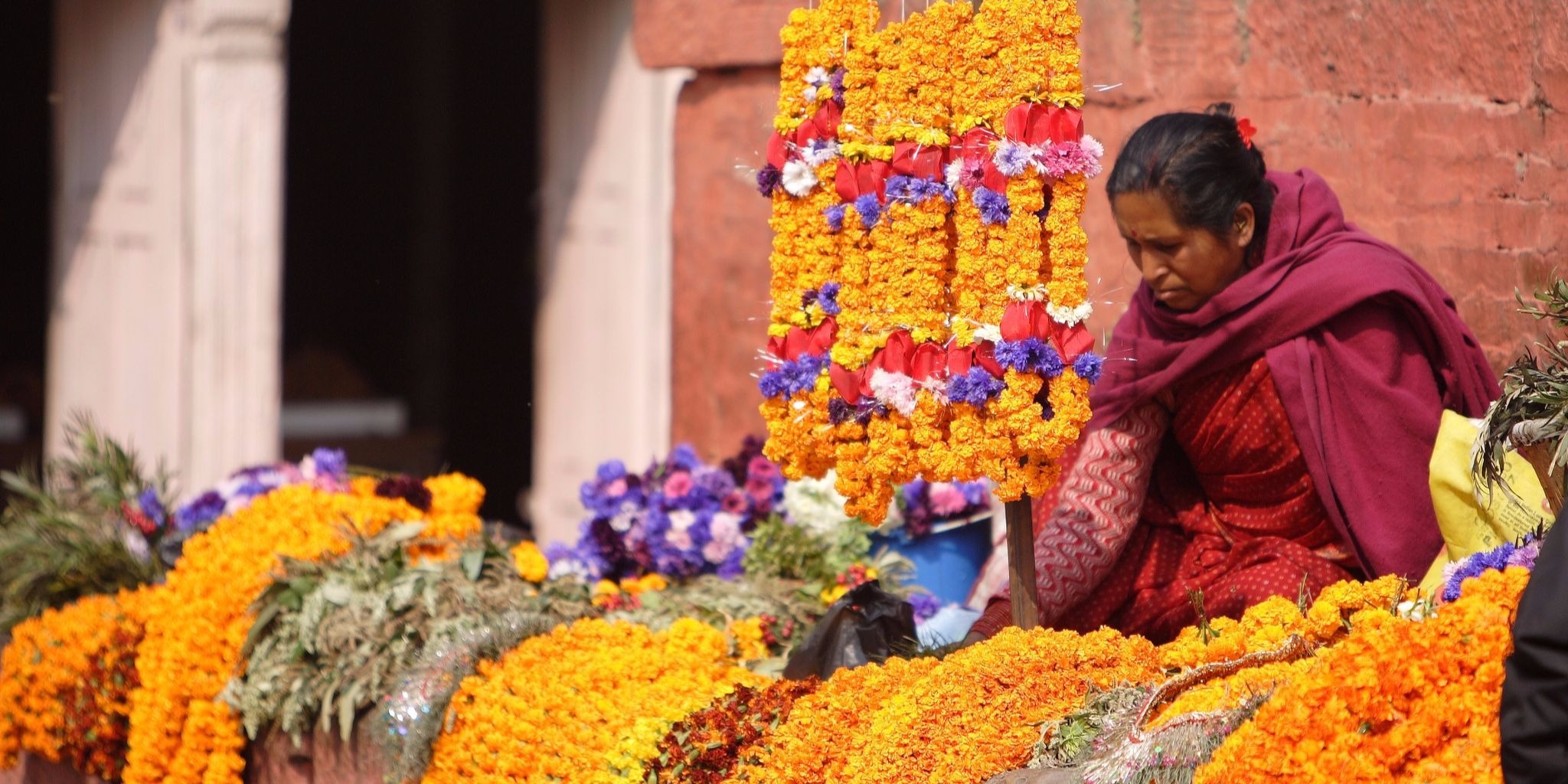Ahead of India’s general elections, Anand Katakam and Aparna Alluri analyse female representation in parliament and the fate of the Women’s Reservation Bill. This post is an excerpt of an article that first appeared on TheFiveFortyFive.com, a website focusing on India’s upcoming elections.
For 18 years, it has been stuck in legislation, although successive governments have tried to push it through. The fifteenth Lok Sabha has now been dissolved but the Women’s Reservation Bill has not passed the floor of the lower house, despite the lament of leaders like Sonia Gandhi. It’s now up to the next government to pass the 108th constitutional amendment that will reserve 33 per cent of the seats in the Lok Sabha and all state legislatures for women. The Rajya Sabha passed the bill on 9 March, 2010, but the Lok Sabha has yet to muster the courage or consensus to do the same. As a result, the parliament in the world’s largest democracy is left with fewer women (as a percentage of members of parliament) than neighbouring Pakistan and Afghanistan, according to rankings by the Inter-Parliamentary Union.
 Percentage of Congress Party Women MPs (Source: TheFiveFortyFive.com)
Percentage of Congress Party Women MPs (Source: TheFiveFortyFive.com)
The Women’s Reservation Bill is backed by the Congress Party and the Bharatiya Janata Party (BJP), who have the largest number of women MPs in the Lok Sabha. The BJP’s tally of 13 female MPs might seem well below Congress’ total of 25, but in both parties women occupy only slightly more than one tenth of the total number of seats.
 Percentage of BJP Women MPs (Source: TheFiveFortyFive.com)
Percentage of BJP Women MPs (Source: TheFiveFortyFive.com)
Rashtriya Janata Dal (RJD), Samajwadi Party (SP) and Bahujan Samaj Party (BSP) are the bill’s fiercest critics. The Janata Dal (United) is split between Bihar Chief Minister Nitish Kumar, who supports the bill, and party president Sharad Yadav, who opposes it. This group claims that the bill in its present form will only benefit upper-caste women. Their solution is to provide quotas within the quota to assure seats for women from marginalised communities.
Their opposition is not without ground as there are 45 men – but no women – from Scheduled Tribes. Meanwhile, there are 73 men from Scheduled Castes in the current Lok Sabha, but only 11 women from the same communities. That’s a dismal two per cent of the house. Of those 11 women, however, only two are from the SP and none from the RJD, BSP or JD(U).
The bill proposes rotating the reserved seats across all 543 constituencies, which means that women from every constituency, including those reserved for scheduled castes and tribes, will have chance to contest. If the bill is passed, women’s share of the seats in the Lok Sabha will rise dramatically, jumping from the current 63 to a whopping 179. Based on the numbers, it’s hard to say what the opposing parties are truly afraid of: that poor women will lose out or that male candidates will lose their strongholds?
Click here for the complete post, including a history of women’s representation in India’s parliament, as well as other election-related content from TheFiveFortyFive.com.






